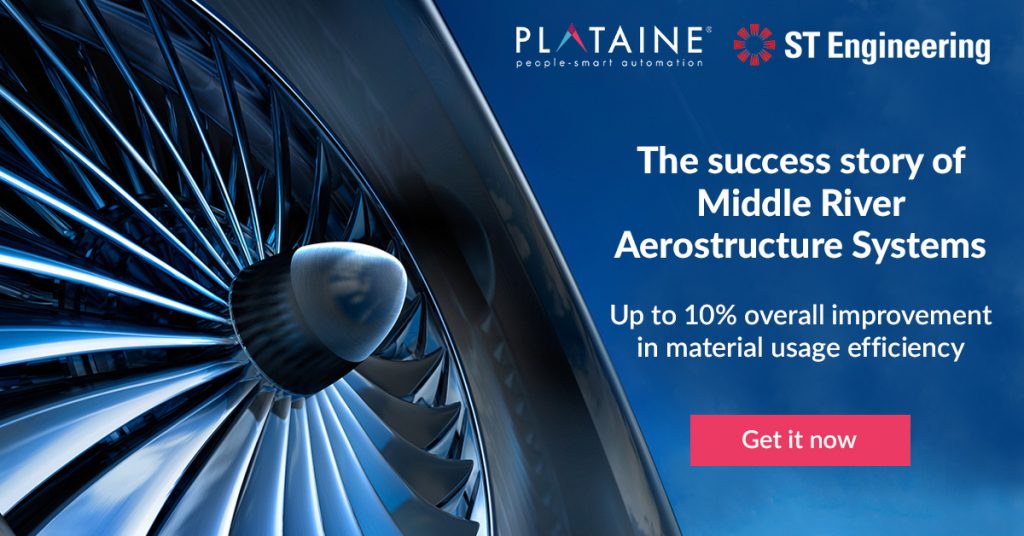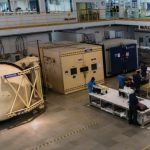Glossary
Industrial Autonomy
Industrial autonomy is the ultimate pathway for manufacturing industries toward fully autonomous operations. By leveraging smart sensing technology and machine cognition, it allows for achieving production and manufacturing objectives without the need for external supervision and intervention.
These autonomous industrial solutions allow process manufacturing to achieve desired objectives even in the face of uncertain environmental conditions. As a result, systems can adjust and respond to changes for greater adaptability, profitability, and optimal supply chain performance.
Industrial autonomy surpasses industrial automation by leveraging technology in a manner that allows amalgamating decades of process manufacturing knowledge with integrated systems and communication networks.
As a result, manufacturing companies are better apt at responding to market and business changes. Ultimately, organizations are becoming more productive, agile, and resilient in their operations.
Benefits of Industrial Autonomy
Smart manufacturing is a key feature of Industry 4.0. As such, digital enabling technologies are helping manufacturers achieve their smart manufacturing goals through industrial automation. Here are the key benefits that industrial automation is bringing to manufacturers around the world:
Adaptability
The greatest promise of autonomous solutions is their ability to be adaptive. The rapidly volatile business and market conditions require systems and processes to adapt and respond proactively. By becoming autonomous, manufacturing becomes adaptable to such changes and responds with minimal process disruptions.
Remote Operations
The remote working era has made businesses realize the importance of remote operations. Industrial autonomy makes this possible by using sensing technology, controllers, and similar factory automation software. Industrial processes can safely be monitored through a remote location through this phenomenon.
Improvement in Product Quality
The elimination of human involvement in production means there are minimal chances of human error. Moreover, automation also allows for lesser process disruptions which translate to consistency in production quality.
Worker Safety
Worker safety can also be achieved through autonomy and automation in manufacturing. By eliminating the need for workers to be physically present on manufacturing sites and locations, the risk of hazards and fatalities can be drastically reduced.
Productivity & Efficiency
Through real-time monitoring and control of processes, greater efficiency is garnered in operations. Improvement in product quality, reduction in downtime, and operating costs all lead to greater productivity.
Reduces Downtime
It is also true that industrial automation will lead to a whole new level of predictive maintenance. Autonomy in manufacturing will allow machinery and systems to determine their service needs and schedule them accordingly, thereby minimizing disruptions.
Reduces Operating Costs
Finally, improvements in quality and efficiency levels, reduction in downtimes, and process optimizations together translate to reduced operating costs. Manufacturers who adopt autonomous solutions can garner savings on maintenance and even labour.
Key Components of Industrial Autonomy in Manufacturing
The future of manufacturing entails a range of components and technologies that will make processes autonomous. Here are the key components of industrial autonomy in manufacturing:
Industrial Robots and Drones
Manufacturers are increasingly becoming reliant on drones and robots for various processes and applications in their operations. These facilities allow a safer and more convenient way to achieve production goals.
Unlike humans, robots and drones are programmable and will not make mistakes or miss any steps out of laziness or forgetfulness. As such, this component of industrial autonomy is most useful for asset inspections and maintenance.
IT and OT Integration
Operations Technology and Information Technology have traditionally been separate business components. The upgradation to industrial autonomy has eliminated this distinction and requires an amalgamation of both.
In this regard, a sensing digital infrastructure will help in autonomy that spans the entire operational area integrated with hardware, smart devices, software, and also data. The integration of IT and OT will allow businesses to operate with greater adaptability, resilience, and flexibility.
Strong Automated Base
Finally, the key benefits of industrial autonomy can be achieved through the development of a strong automated base. This automation involves the use of intelligent and remote sensors, surveillance technology, the use of digital twins, and artificial intelligence for monitoring processes and mitigating them.
Also, this will allow for minimizing equipment failures and help automated drones and systems to systematically communicate with asset management and monitoring systems about routine processes. Inspections, maintenance tasks, and even operator rounds will be a big part of this area.
Predictive Maintenance
Downtimes are usually a result of anomalous asset conditions, and autonomy in manufacturing can help detect them early on. Artificial intelligence can assist in predicting asset downtimes so that repairs can be made immediately or even before the failure.
Embedded sensors and similar technology can be used to determine maintenance needs and then communicate service requirements to asset management systems.
Data Integration and Management
In manufacturing, the most important aspect is the integration and management of data for the optimization of the supply chain process. Autonomy demands the collection, processing, and analysis of data from various production sources so that processes can be optimized and quality is efficiently maintained.
The Future is Autonomous
Transitioning to autonomous solutions can help manufacturers stay ahead of the competition. By leveraging the latest technological solutions, they can ensure that their manufacturing processes are made more resilient, adaptable, and profitable in the long run.
Learn more
Proactive Intelligence In Manufacturing






